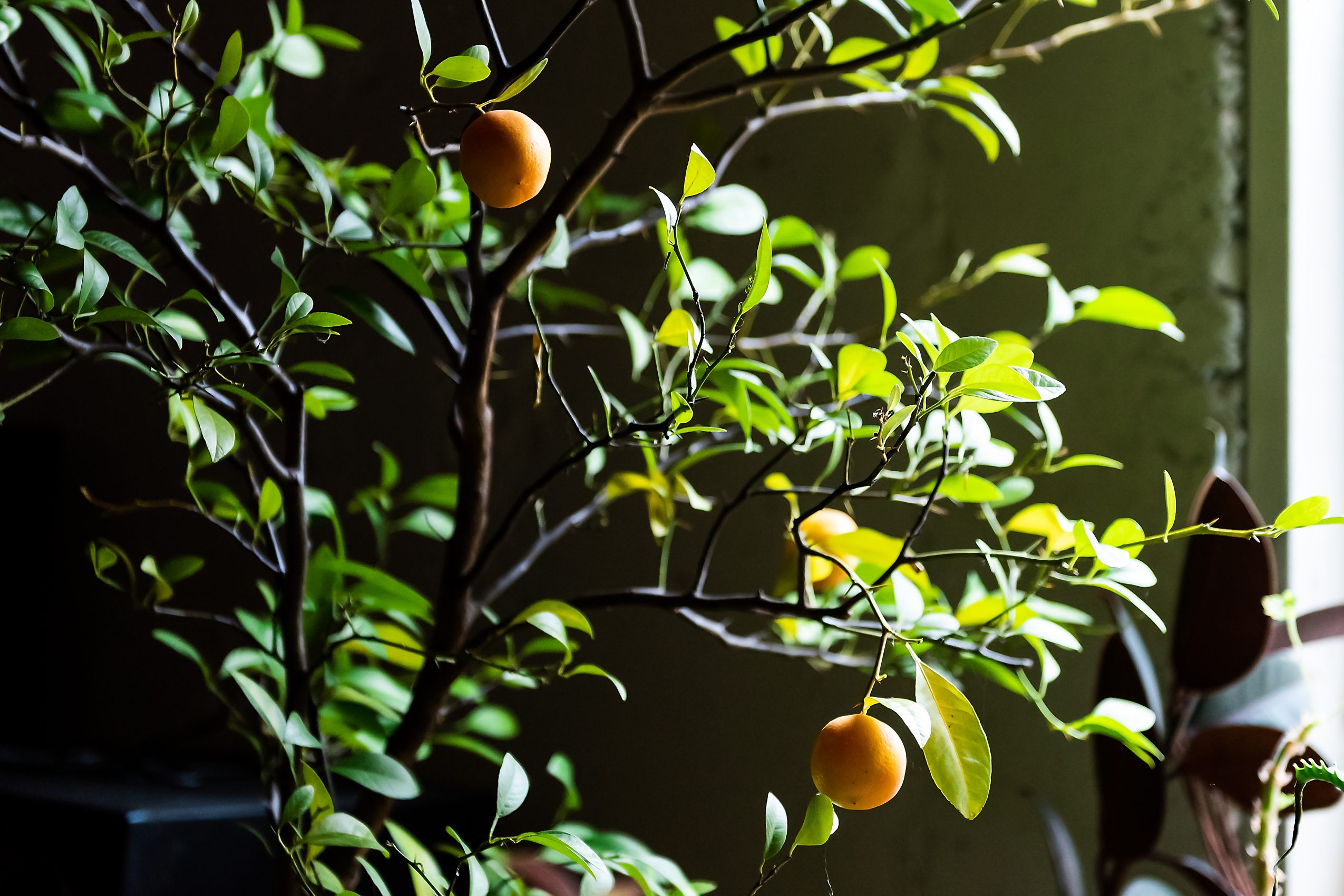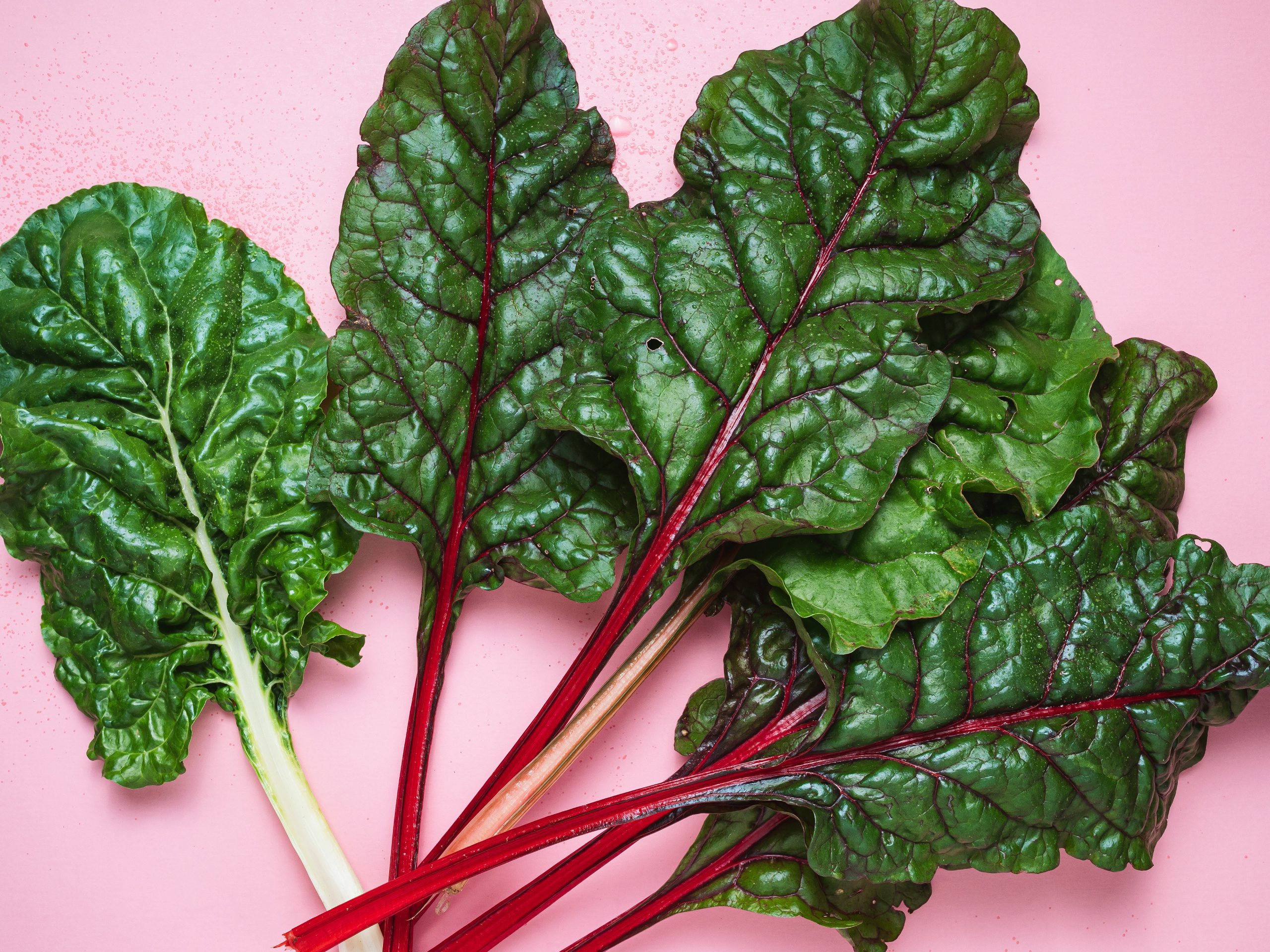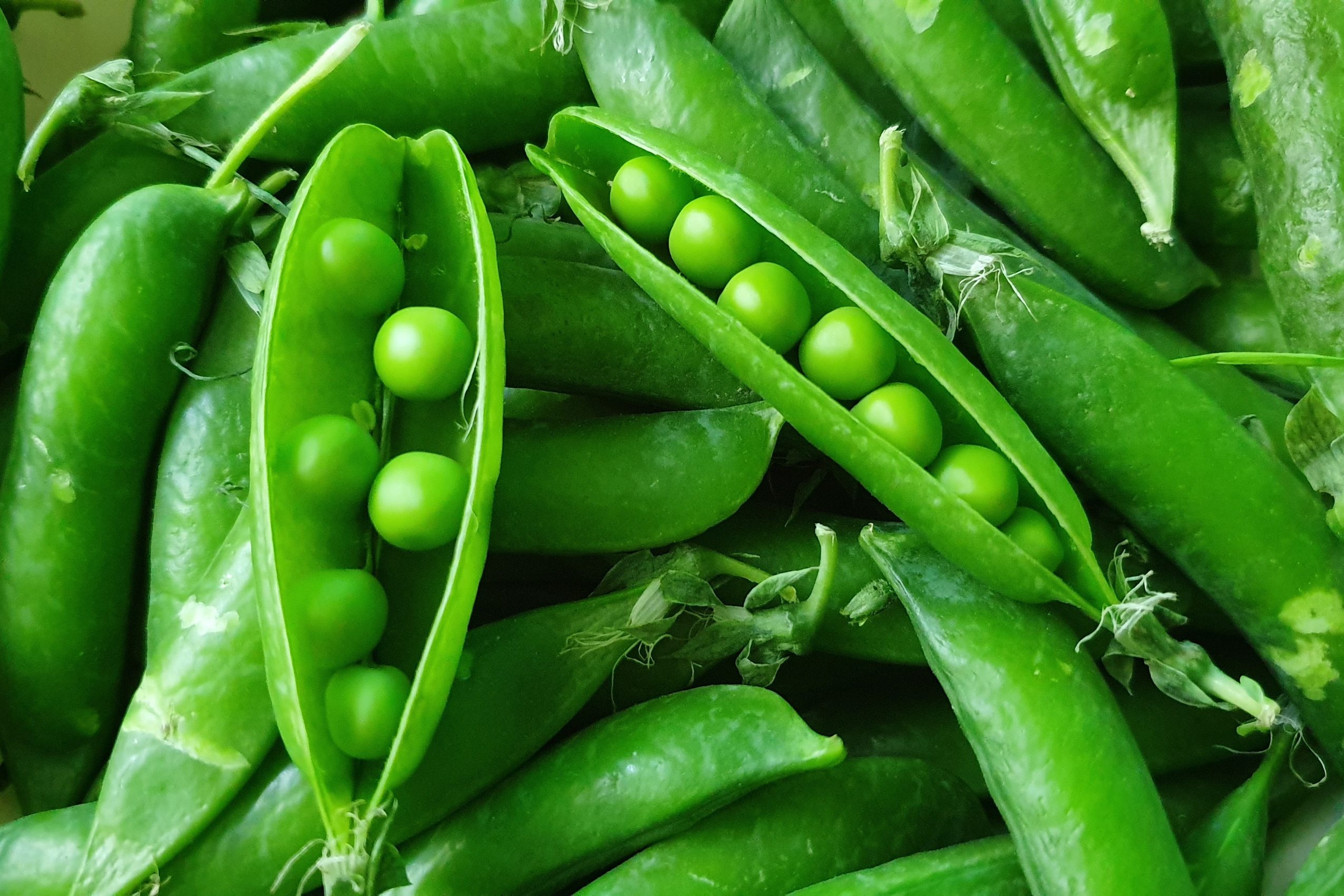The gentle agony of adjusting to the dark season of gardening, when the near-constant bustle of activity — both mine and the garden’s — slows to a crawl, always takes me by surprise. I welcome the relief that comes with days no longer proscribed by tomatoes and cabbage worms and the constant need to be processing the daily harvest. But I miss being among all the everything, standing in my wellies as bees buzz and bumble around me on their focused pollen quest, reveling in the freedom from daily concerns to instead dwell, ever so briefly, in the infinite.
The bittersweet truth of gardening is that in the winter the gardens will take care of themselves, mostly. What to do with myself is the more pressing question.
The hardest stretch for me is the darkest week in winter, just before the solstice on December 21. I know that advent calendars will tick off the days until Christmas; what I need is a calendar that counts down until the days once again lengthen.
 A lemon tree growing indoors.
A lemon tree growing indoors. And so, I arm myself with my own light indoors: full-spectrum lights to nurse the lemon tree that winters inside, though I’m sure it longs for Florida. I get to play the role of the bumblebee with the lemon’s tree’s sweet profusion of blossoms, using a watercolor paintbrush to move pollen from pistil to stamen. The seedling shelves are now cleared of the liquid compost and garden tools I stored there all summer. Like any gardener, I see the empty space and think, “I should be growing something there.”
And so, I am.
This year I’ve already started a batch of winter spinach and little gem lettuce. It feels wildly indulgent to grow fresh greens when there will be ice and snow on the ground, but at this point in my life, I love to say yes to any and every indulgence that doesn’t involve things inherently bad for my health or my pocketbook. I haven’t decided if I’ll harvest the greens when they are babies or whether I’ll repot and repot and let them grow to full size.
Getting to make these kinds of decisions while the wind howls outside can feel like reward enough for any gardener used to tending and worrying and watching. But I’m pretty sure when I have my first “house salad” in late January, the crisp crunch and verdant flavor of my winter harvest will do double duty: feeding me in the moment, both literally and figuratively.
Here are some tips for growing some edible green indoors during the dark season. The process can largely be summed up as a simple choice, or more specifically, as two choices about how simple — or how ambitious — you want to be. As with most things in life — not just gardening — it comes down to how much time, money and energy do you want to spend?
 Swiss chard
Swiss chard Simple Plants
The first vegetables you grow in the cold chill of early spring are your go-to plants for indoor gardening. Their lower light needs and relatively short time to maturity make them ideal options for delivering delicious crops without too much fuss.
My favorites start with loose-leaf and little gem lettuces, followed by cut-and-come-again greens like spinach, mizuna, arugula, collard and chard. I also love all the herbs, French breakfast radishes, microgreens and anything with the word “baby” in it: baby carrots, baby kale, baby bok choy and so onl
Feeling Ambitious
If you want to enter the indoor-gardening Olympics, you can try fruiting plants — but be warned, they are significantly more work, requiring more light, more water, fertilizer, and a fan to keep air moving and help with pollination. (When it comes to pollination, I also suggest using the paintbrush method I use for my lemon tree.)
Fruiting plants require at least 12 hours of light a day — and no sunny window is going to deliver that. (More about lighting below.) Opt instead for “patio-sized” or dwarf varieties of tomatoes and cucumbers, along with bush beans and dwarf peas. Sugar snaps are a good candidate, too, as they reach maturity at 60 days. But expect all of these plants to take longer to reach maturity in indoor conditions than they do outdoor. Get planting now!
 Snap peas can be grown in winter.
Snap peas can be grown in winter. Simple Light Solutions
The simplest light solution is a west or south-facing window that doesn’t have any light blockage at all. This should generally offer enough winter light to grow herbs, microgreens and most non-heading lettuces and greens.
No window? You can boost your plants’ happiness and production with ordinary fluorescent lights, which throw off high lumens (about 4 to 6 times as many lumens as incandescent lights). You can find affordable, simple adjustable light stands with reflectors that take two standard T5 bulbs; this will allow you to lower and raise the light as the plants grow (3 to 4 inches for germination; 6 to 8 inches as the plant matures).
Feeling Ambitious
It’s easy to nerd out and disappear into the the science and specifics of light outputs and color spectrums for maximal indoor plant happiness. If science is your thing, go for it. (I recommend Gardening Under Lights: The Complete Guide for Indoor Growers if you want to know all the things.) But the simplest directive is this: LED lights put out the most lumens with the least heat at the least operating cost. (Still, they can be more expensive to buy than fluorescent or incandescent lights.)
LED lights are available that have red, green and blue diodes to attempt to mimic the white light of true sunlight. This is not a true “full spectrum” light — even though it is used as a marketing term. True full-spectrum LED lights are coated with phosphor, which looks slightly yellow on the tubes and makes the light ever-so-slightly lavender to the naked eye. This approach converts the shorter-wave blue light to longer-wavelength light in the red spectrum. And red wavelength light? Well, my friends, that’s what helps plants make fruit. Science lesson over!
Accept Winter’s Limitations
I know it’s difficult to not garden the heck out of whatever is growing around you (or maybe that’s just me) but indoor winter gardening requires a different outlook. Vigilance is still necessary: keep your houseplants and vegetable plants away from each other, lest scale or mealybugs make the leap, and be cautious not to overwater as the cooler indoor temperatures will not dry out soil as quickly.
Nevertheless, now is the time for different vibe: more relaxed, lower expectations, more delight when things go well. And, of course, the very real joy of fresh, crunchy lettuce or tender spinach greens while the wind howls.



